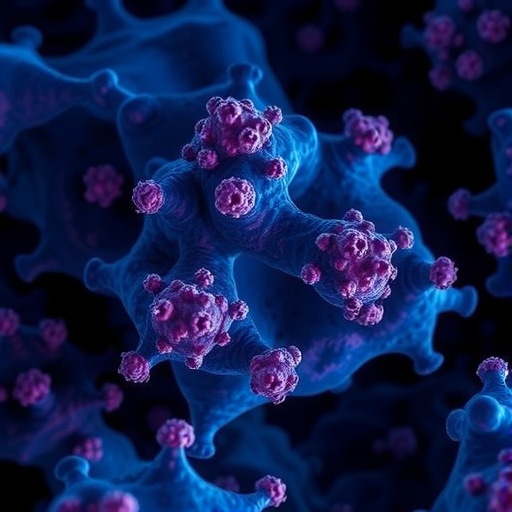Many patients are discharged from the hospital with pending tests. For example, a patient may be awaiting biopsy results for a mass that may turn out to be cancerous, may have had blood cultures drawn that unexpectedly return positive, or may have had their Vitamin D levels tested which might come back low. A surprisingly large number of these tests pending at discharge (TPAD) are not followed up. The proportion of TPADs with documented follow-up is variable across institutions, but can be as low as 20 percent, meaning that up to 80 percent of patients awaiting results may never receive follow-up on those tests. A new study by researchers from Brigham and Women's Hospital demonstrates that the implementation of a simple automated notification system can improve TPAD follow-up. Their results are published in Journal of General Internal Medicine.
"There is a communication gap between attending physicians based in the hospital and primary care doctors located elsewhere which can lead to important test results being missed," said corresponding author Anuj K. Dalal, MD, Hospitalist at BWH. "We found that implementing a simple automated notification system can help bridge this communication gap."
The automated notification system significantly improved the time to documented action for TPADs, meaning that patients received follow-up on their results much faster. Patients whose primary care physicians received automated notifications had significantly higher rates of documented follow-up for actionable TPADs than patients whose primary care physicians did not receive notifications.
While the notification system resolved many issues surrounding follow-up of TPADs, it didn't completely solve the problem. Even with the automated notification system there were still approximately 40 percent of patients who had no evidence of documented follow-up for actionable TPADs, including several patients with biopsy specimens that revealed malignancies.
To address this gap, Dalal and his team envision integration of newer digital health tools with the hospital's electronic health record that not only notifies discharging attending physicians and primary care physicians, but that empowers patients to make sure their test results are followed-up in a timely manner.
"Just like you might get an automated notification, notifying you of the delivery of a package, we hope to implement such an automated system that notifies patients, primary care providers, and attending physicians when it is time to follow-up high-risk test results," said Dalal. The next step for the researchers is to integrate such "smart" notification tools with the hospital's electronic health records and evaluate their effectiveness.
###
This study was supported by a grant from CRICO/Risk Management Foundation of the Harvard Medical Institutions.
Paper cited: Anuj Dalal et al., "The Impact of Automated Notification on Follow-Up of Actionable Tests Pending at Discharge: A Cluster-Randomized Controlled Trial", Journal of General Internal Medicine DOI: 10.1007/s11606-018-4393-y
Media Contact
Haley Bridger
[email protected]
617-525-8368
@BrighamWomens
http://www.brighamandwomens.org
http://dx.doi.org/10.1007/s11606-018-4393-y




